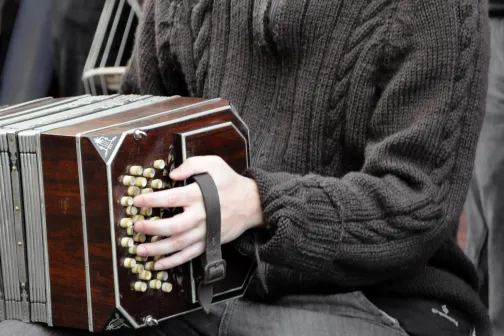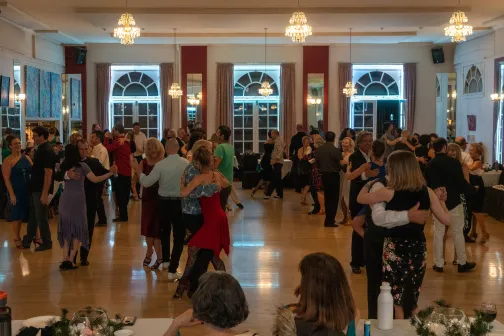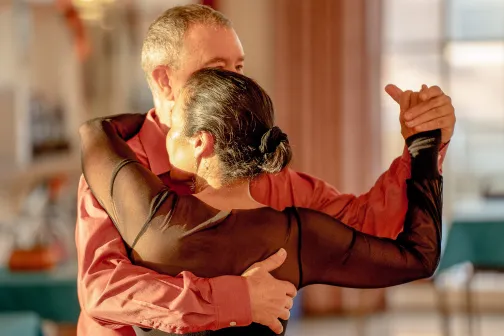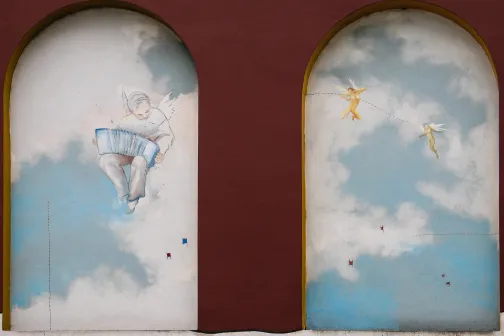Resource
About Argentine Tango Styles - Social to Stage
Image

Argentine Tango has a variety of styles. In the old days almost every neighborhood had it's own, typical style. When the tango social life collapsed from 1955 through about 1985, tango was kept alive by show dancers on stage, television and world tours. The tango revival of the 1980s brought social style Argentine Tango back onto the dance floors, almost unchanged from the heyday of the 1940s.
Golden Era Tango Music for Dancing
Image

Argentine Tango is danced to the great orchestras of Buenos Aires from the 1930s, 40s and 50s. This was the "Golden Era" of tango. Modern tango music like Astor Piazzola is not used for tango dancing (except perhaps for performances).
The Milonga: A Tango Party for Social Dancing
Image

A social Argentine Tango dance is called a milonga, which in Argentina means a "dance party". This is a place to see and be seen, and a place to meet other tango dancers, many of whom have spent months and years perfecting their steps. It is not a place for beginners to learn how to dance; on the other hand there is something mesmerizing about the way a crowded dance floor moves together with never a bump between the dancers.
What is Milonguero Style?
Image

When I first went to Argentina in about 1997, I saw the dancing at the salon Almagro, and was amazed by the crowded dance floor and the skill with which the leaders navigated the floor. I also realized (1) I did not learn that style and (2) I didn't really know ANYTHING about tango. I spent the next few years paying attention to how tango was danced in Argentina and trying to learn how to succeed on the dance floors in Buenos Aires.
A Short History Of Argentine Tango
Image

Argentine Tango as a dance and musical form developed in Buenos Aires at the end of the 19th Century, and arrived in Europe and then the US in the first decades of the 1900s. This is the mode of dance that evolved into Ballroom tango. Meanwhile, Tango continued to evolve until the "Golden Era", the 1930s-1950s.
History of Tango Dance: Mingo Pugliese
Image

As you may know, the 8-Count Basic was invented more-or-less in the 1960s by Juan Carlos Copes (or perhaps Todaro?). The 8CB is useful because it provides a method for creating stage choreography. Before the 8CB, there were other basic methods for teaching tango, including Mingo's 8-Count Molinete.